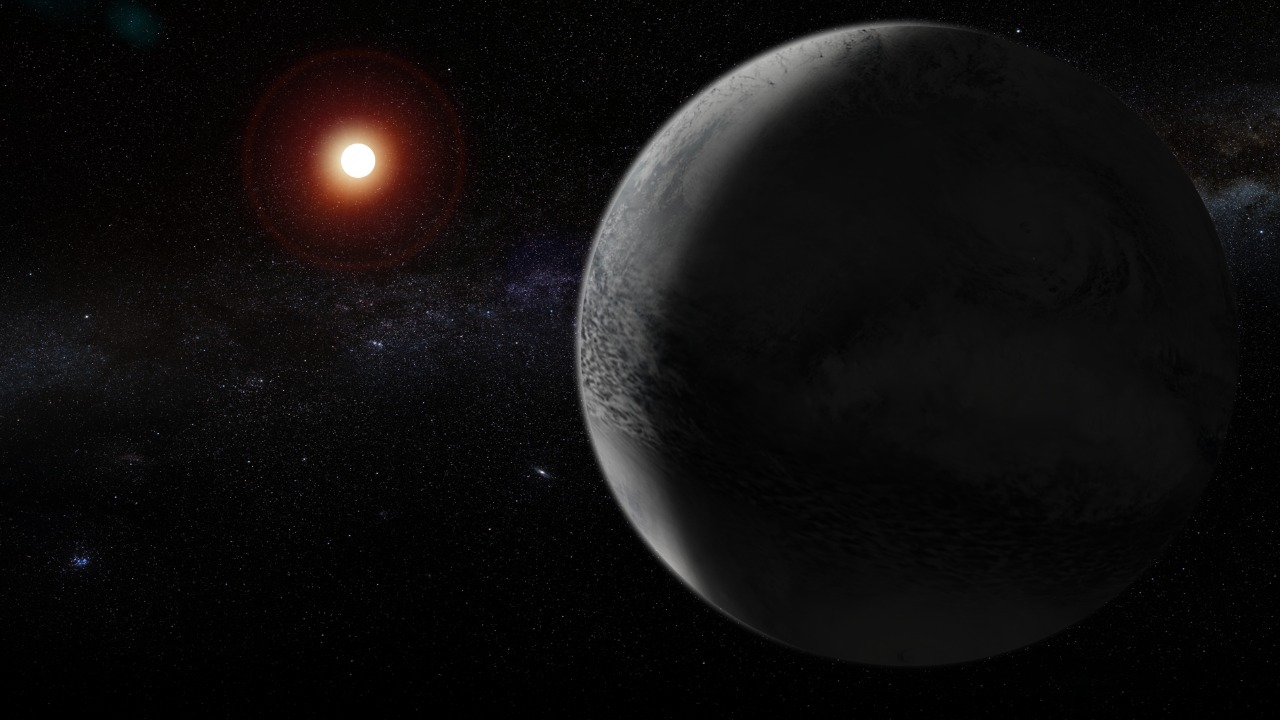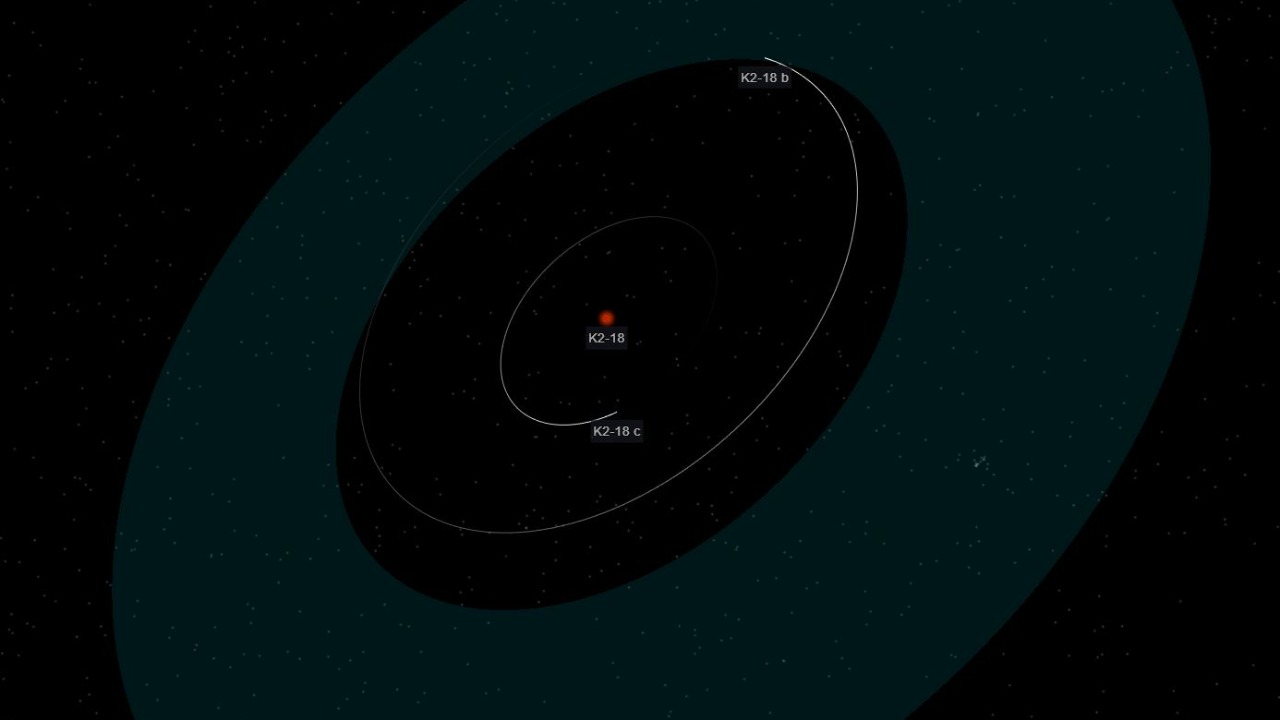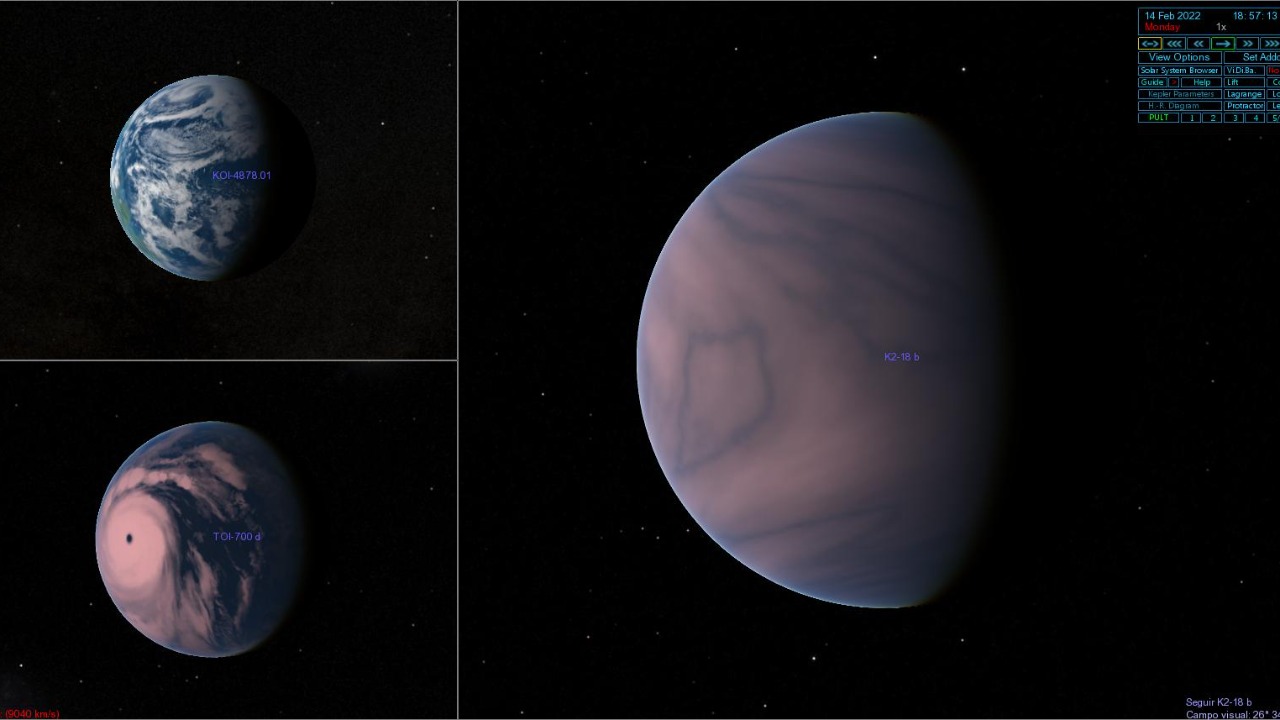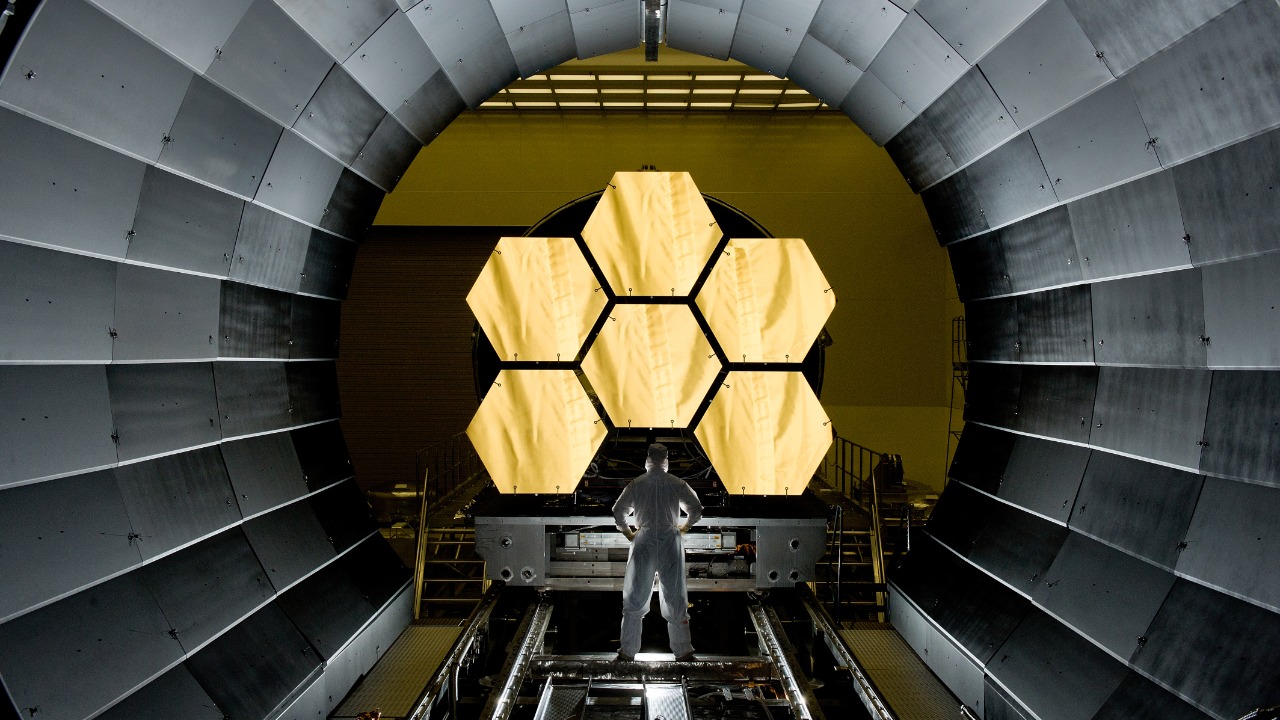
The discovery of a potentially habitable exoplanet with blue skies has sparked excitement and curiosity among scientists and space enthusiasts alike. This finding, reminiscent of Earth’s own azure atmosphere, raises intriguing questions about the conditions and potential for life on this distant world. As we explore the implications of this discovery, we delve into the science behind exoplanet atmospheres and the possibilities that lie beyond our solar system.
The Discovery of a New Exoplanet

Located approximately 40 light-years away from us, the newly discovered exoplanet K2-18b has become a focal point in the search for habitable worlds outside our solar system. K2-18b is situated in the constellation Leo and orbits the red dwarf star K2-18. In terms of size, the exoplanet is about 2.6 times the radius of Earth and has a mass about 8.6 times greater. Its orbit places it within the star’s habitable zone, where conditions might allow for the presence of liquid water on its surface. In comparison to Earth, K2-18b’s proximity to its star means it receives a similar amount of energy, further fueling speculation about its potential habitability.
The discovery of K2-18b was made possible through advanced detection techniques utilizing both the Hubble and Spitzer space telescopes. These telescopes employ the method of transit photometry, where the dimming of a star’s light is observed as a planet passes in front of it. This technique, combined with spectroscopy, has allowed scientists to delve deeper into the planet’s atmospheric composition. Spectroscopy is particularly crucial as it enables the identification of various gases in the atmosphere, which in turn determines the color of the skies. NASA’s findings suggest that the atmosphere of K2-18b may contain water vapor, a key element in creating blue skies and a potential indicator of life-supporting conditions.
Understanding Blue Skies on Other Planets

The phenomenon of blue skies is primarily a result of Rayleigh scattering, where small particles and gases in an atmosphere scatter sunlight. On Earth, this scattering occurs predominantly in the shorter wavelengths of light, which appear blue to the human eye. The presence of water vapor and other gases such as nitrogen and oxygen play a significant role in shaping an atmosphere capable of producing blue skies. In the case of K2-18b, the detection of water vapor suggests a similar scattering mechanism might be at play, hinting at the possibility of Earth-like conditions.
Drawing comparisons with our own planet, Earth’s atmosphere is unique in its balanced composition of gases that allow for blue skies. As Carl Sagan eloquently described in his book, “Pale Blue Dot”, the thin layer of gases surrounding Earth is vital for life as we know it. While K2-18b presents similar atmospheric conditions, it remains to be seen whether the components are in the right proportions to support life. The subtle differences in atmospheric composition could significantly impact the climate and habitability of this distant world.
Implications for Habitability

The potential for life on K2-18b hinges on several critical factors, including the presence of liquid water and a stable climate. Blue skies are often seen as an indicator of a life-supporting atmosphere, as they suggest the presence of water vapor and other life-sustaining gases. However, the true conditions on K2-18b remain shrouded in mystery, and further observations are necessary to determine its habitability. The exact balance of greenhouse gases, surface pressure, and temperature will play pivotal roles in assessing the planet’s potential to harbor life.
While the allure of finding a new home beyond Earth is captivating, colonizing an exoplanet like K2-18b presents numerous challenges. The vast distances involved make human travel and colonization a daunting task. As highlighted by some experts, the feasibility of living on other planets is fraught with technological and ethical considerations. The journey to K2-18b would require advancements in space travel and life support systems, as well as a profound understanding of the planet’s environment. Furthermore, ethical debates about the potential impact on extraterrestrial ecosystems add another layer of complexity to the pursuit of colonization.
Scientific and Cultural Significance

The discovery of K2-18b not only advances our understanding of exoplanets but also pushes the boundaries of current astronomical research and technology. This finding exemplifies the potential of international collaboration in the field of exoplanet exploration. As scientists from around the world contribute their expertise and resources, the quest to uncover the mysteries of the universe becomes a shared human endeavor. Such discoveries inspire future generations of astronomers and pave the way for new technological innovations that could one day enable us to explore these distant worlds firsthand.
Beyond its scientific implications, the discovery of potentially habitable planets like K2-18b profoundly influences our understanding of the universe and our place within it. The existence of Earth-like worlds challenges our perception of uniqueness and invites us to ponder the diversity of life that may exist across the cosmos. Philosophically, these discoveries prompt reflections on our responsibilities toward our own planet and the broader universe. As we continue to explore the vastness of space, we are reminded of the interconnectedness of all life and the shared journey of humanity in the cosmos.
Future Directions in Exoplanet Exploration

Looking ahead, the exploration of exoplanets like K2-18b is set to accelerate with upcoming missions and advancements in technology. Telescopes such as the James Webb Space Telescope and the European Space Agency’s ARIEL mission are poised to revolutionize our ability to study distant worlds. These missions aim to provide detailed observations of exoplanetary atmospheres, allowing for a more comprehensive understanding of their compositions and potential habitability. The development of new instruments capable of direct imaging will further enhance our ability to detect signs of life beyond our solar system.
In the long term, the pursuit of finding definitive signs of life remains a driving force in exoplanet exploration. As we continue to uncover the secrets of the universe, the vision for humanity’s exploration of other planets becomes increasingly tangible. Inspired by works like Sagan’s “Pale Blue Dot”, we are driven by the possibility of one day reaching these distant shores. The journey to uncover the mysteries of K2-18b and other exoplanets represents a profound step toward understanding our place in the universe and the potential for life beyond Earth.